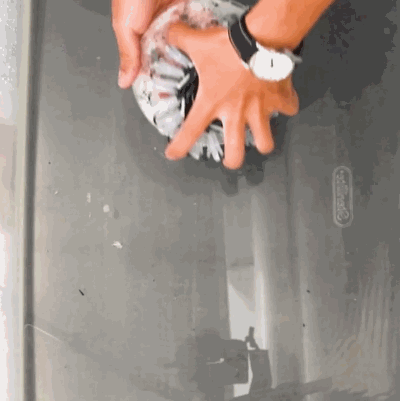This solar array expands itself at the right temperature
Wouldn’t it be nice to have a solar panel that’s only there when the sun shines on it? That’s the idea behind this research project, which uses shape-shifting materials to make a solar panel grow from […]
This solar array expands itself at the right temperature Continue »







